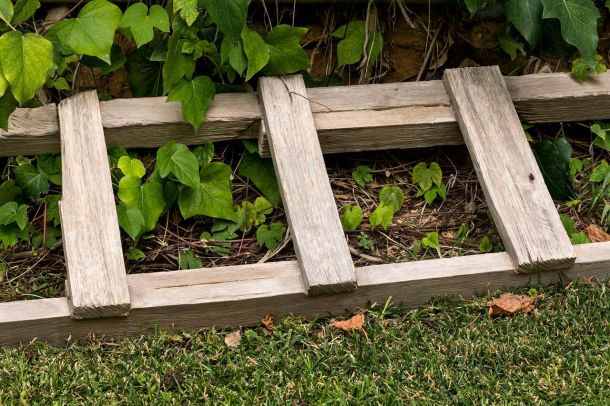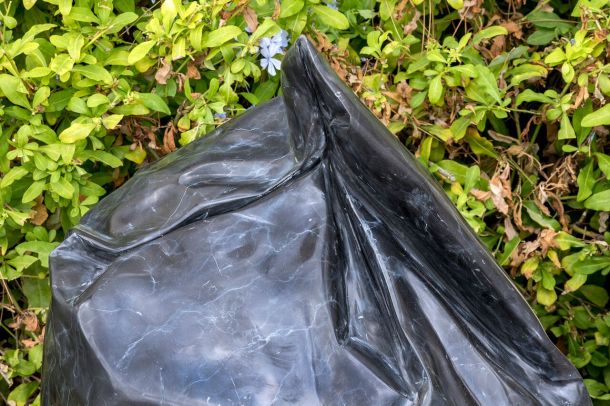
Andreas Lolis, ‘No title’, 2018
©
PanosKokkinias
Courtesy NEON
CAN MARBLE be stripped bare of its past glory? Can it be disassociated from its ancient associations, and be re-cast into a contemporary role, as a harbinger of the ugly truth and reality of today’s society? “It’s just a material”, argues artist Andreas Lolis, whose current in-situ exhibition at the British School at Athens (which was founded in 1886), poses some interesting questions about the nature, and nurture of marble in the history of art. Lolis’ new body of work is his biggest public project to date, and has been commissioned by the NEON Organisation and curated by Nayia Yiakoumaki (Head of Curatorial Studies at London’s Whitechapel Gallery). It is also the latest addition to the ‘NEON City Project’ series, which has been setting up thought-provoking art interventions/exhibitions in the heart of Athens since 2014.

Andreas Lolis, ‘No title’, 2018
©
PanosKokkinias
Courtesy NEON
Lolis’ show, entitled ‘Prosaic Origins’, presents the viewer with the ‘lowliest’ of everyday objects, e.g. black dustbin bags, wooden trade palettes, discarded, soiled, corrugated cardboard boxes (soggy from the rain), the blanket and pillow of a homeless person. They look real, but they are actually all carved from marble: black Belgian marble for the dustbin bags, white Dionysian marble posing as pieces of styrofoam, and Moroccan marble chiseled into the shape of wooden trade palettes. You can easily be fooled by these objects, mistaking them for ‘the real thing’. Yiakoumaki’s explanation of this new reality, for both the medium of marble, and the status of these usually ‘unimportant’ objects is as follows:

Andreas Lolis, ‘No title’, 2018
©
PanosKokkinias
Courtesy NEON
“Lolis faithfully copies the original object, creating a kind of sculptural trompe-l’oeil. As the impeccable copies that they are, they seduce us immediately. Tapping into the notion of mimesis as an ancient Greek ideal associated with art, the pieces are both a copy of nature and a monument to human craft. And yet, it is not idealized nature as the archetype of beauty that is cast into the marble sculptures, but human made objects with a short economic life. One of the most resistant metamorphic rocks that exists in nature consigns an immediate legitimacy to these sculptural objects due to the cultural value it carries, and the intensity of the labour involved to shape it.”

Andreas Lolis, ‘No title’, 2018
©
PanosKokkinias
Courtesy NEON
Lolis’ work creates a conundrum around the whole nature of art and its relation to society/reality, plus what the role of art is today. Certainly he is not the first to focus on the waste and trash created by mankind, seeing as many artists have been focusing on this subject, by actually using it in their art, often turning it into something else. It is a trend that one could say started with arte povera, or could even be seen going back to Duchamp’s ‘Urinal’. But Lolis’ art isn’t part of this whole trend, because of his use of traditional marble craftsmanship.

Andreas Lolis, ‘No title’, 2018
©
PanosKokkinias
Courtesy NEON
Lolis’ work is about transforming the marble, plus the mundane and everyday objects he has chosen to depict with it, into art. A material in itself, is just a material. Marble is also used to make stairways, not just grand statues, paint is just paint, before it becomes a masterpiece. And it’s not a matter of creating the perfect copy either: at the exhibition, Lolis explained how he had created a perfect cardboard box out of marble, but was not satisfied with it, because it was just a copy, not a work of art, so he smashed it. Because art isn’t about the material, or the subject-matter – it is about creating something profound via them. Art is about going beyond.

Andreas Lolis, ‘No title’, 2018
©
PanosKokkinias
Courtesy NEON
The fine line between contemporary art and reality is also most evident in Lolis’ work, and especially in this show, where you find yourself staring at other pieces of debris (e.g. boxes/sacks), found in the garden and premises of the British School at Athens, and wondering whether it is also art. A closer inspection of course reveals the truth. And then the opposite also occurs: after leaving the show, trash on the road suddenly turns into monumental sculpture. In fact I think that I will always be tempted to see black dustbin bags as black marble sculptures from now on. Of course, aestheticizing the problem of human waste is by no means its solution, but it is a way of turning the public’s attention towards the problem, via creative means.
And as for marble’s noble roots, whether they can be negated or surpassed (especially in Greece), is a matter of lengthy discussion, which this show certainly elicits.
• ‘Prosaic Origins’ runs till November 14 at the British School at Athens. Open Wed-Sun, 10-6. Free entrance.

Andreas Lolis with Nayia Yiakoumaki
©
PanosKokkinias
Courtesy NEON